For the second workshop in 5 days and the first one in Germany the Explainables headed out to Heidelberg for a short 'communication and branding for scientists' bootcamp. At the Max Planck Institute for Astronomy (MPIA) one of the world leading centers for all things Astrophysics, a group of junior researchers, early career postdocs as well as grad students, assembled to learn the Explainables way of communicating their research and how to market their research niche within the international community.
Explainables workshop participant presenting a brilliant analogy, using a notebook to explain research on the Cosmic Microwave Background.
One of our favorite Explainables exercises is "Analogy roulette": participants have to draw a random prop from their pockets or backpacks and then improvise an analogy to either their own research or another complex scientific concept. And again this exercise did not disappoint and one group of participants at Heidelberg came up with one of the all time best analogies we had for Analogy Roulette: observations of the cosmic microwave background explained with a notebook. The first page of the notebook represents the foreground stars one has to correct for, the second page symbolizes all of the stars in the galaxy, the next page denotes extragalactic sources, then a void of galaxies until on the very last page reveals the Cosmic Microwave Background.
The Explainables feature fun thought provoking exercises combined with solid communication concepts presented in short lessons and hands on activities. This format resonates very well with a usually rather skeptic audience of scientists, such as the one at the MPIA. We are looking forward to expanding this collaboration with the MPIA and possibly other Max Planck institutes in the future.


